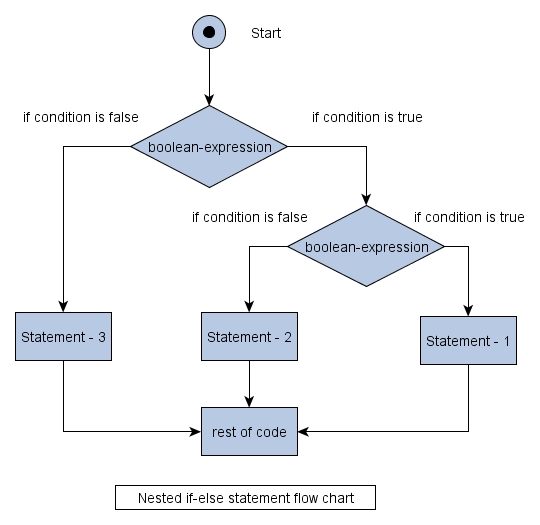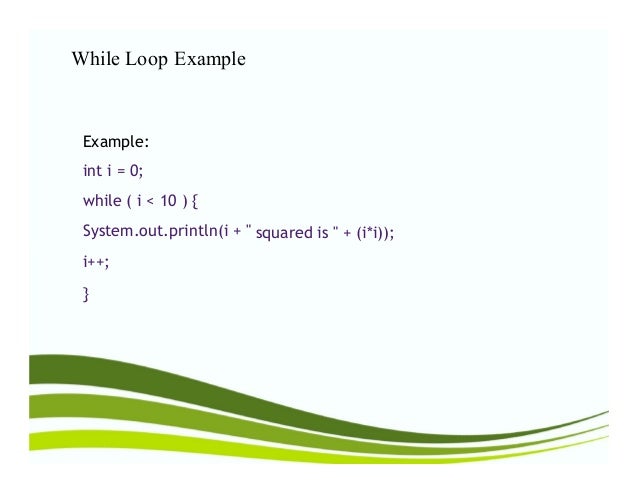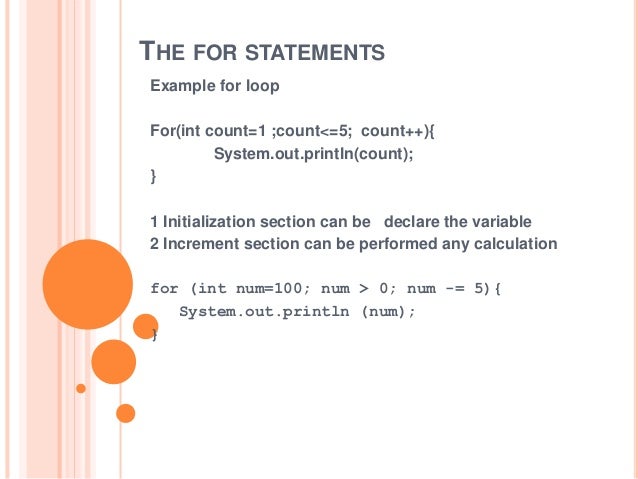


Consider the following code: For counter = 0, counter < 5 However, if this does not happen, then the program is in an infinite loop. Infinite LoopsĪt this point, it is worth mentioning that good programming always provides for a method to ensure that the loop question will eventually be false so that the loop will stop executing and the program continues with the next line of code. Using indentation with the alignment of the loop actions is the normal industry practice.
Java for loop syntax update#

Starting value is less than the stopping value The basic form of the for loop (counting up) is as follows: for The term loop comes from the circular looping motion that occurs when using flowcharting. This expression is a Boolean expression and is usually using the relational operators of either less than (for counting up) or greater than (for counting down). The question that controls the loop is a test expression that compares the starting value to the stopping value. There is a starting value and a stopping value. In many programming languages, the for loop is used exclusively for counting that is to repeat a loop action as it either counts up or counts down. There are two commonly used test before loops in the iteration (or repetition) category of control structures. Discussion Introduction to Test Before Loops For loops can be thought of as shorthands for while loops which increment and test a loop variable. For loops are typically used when the number of iterations is known before entering the loop.

The header often declares an explicit loop counter or loop variable, which allows the body to know which iteration is being executed. A for loop has two parts: a header specifying the iteration, and a body which is executed once per iteration.
Java for loop syntax code#
A for loop is a control flow statement for specifying iteration, which allows code to be executed repeatedly.


 0 kommentar(er)
0 kommentar(er)
